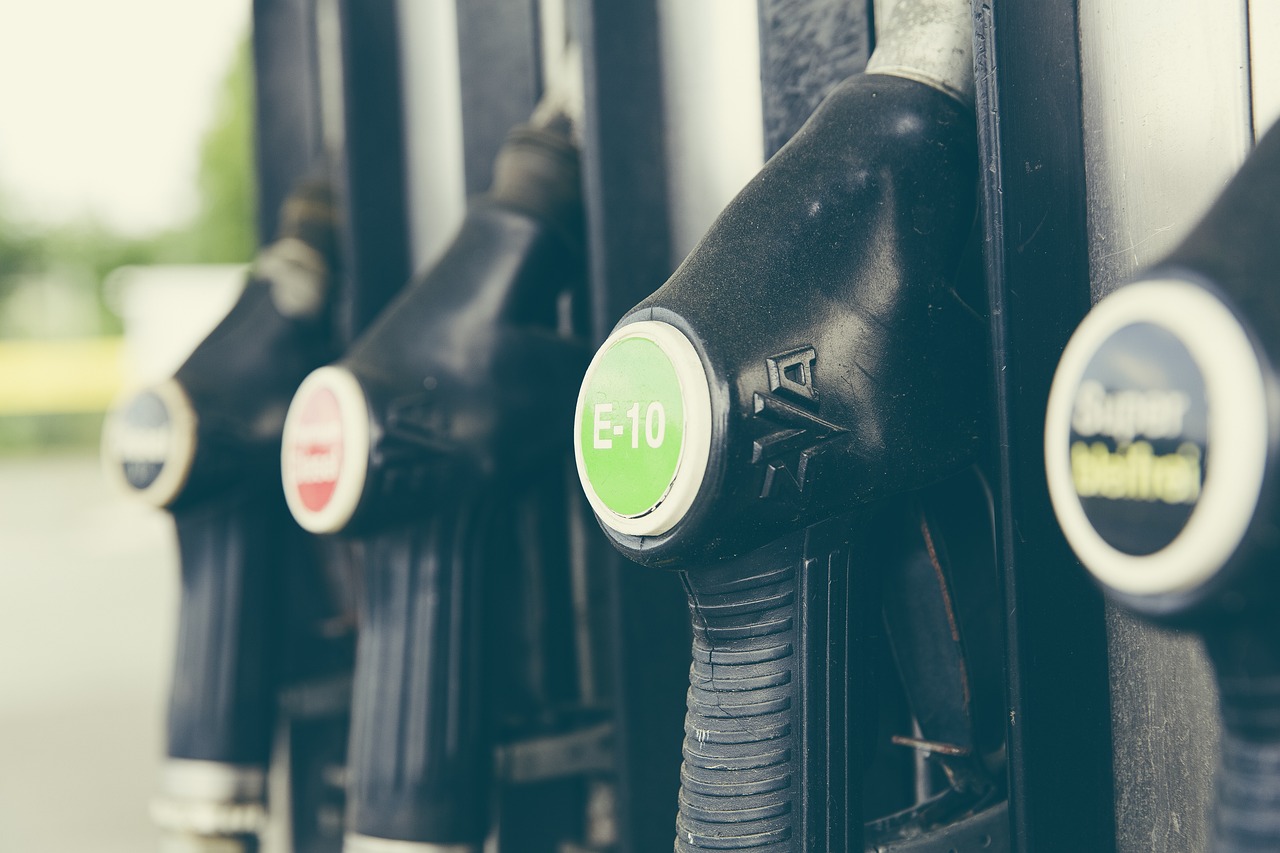Biofuels: A Sustainable Alternative to Fossil Fuels

Global leaders at the 2023 UN Climate Change Conference, held in Dubai, suggested abnegating the use of fossil fuels as non-renewable sources of energy and developing innovative ways that are more eco-friendly to mitigate climate change. This brings our attention to biofuels, which are derived from living organisms and are a promising alternative to fossil fuels.
With environmental policies pushing for the reduction of carbon footprint, switching to biofuels is one step forward towards creating a sustainable bioeconomy. Microbes such as bacteria, yeast, and algae can convert biomass into biofuels through processes like fermentation, anaerobic degradation, and photosynthesis. Biofuels can promote a circular and sustainable economy. They are considered carbon-neutral because the CO2 produced during their combustion is absorbed by the plants during photosynthesis. Since biofuels utilize agricultural, food, and animal waste, they can help minimize land pollution as well.
The Evolution of Biofuel Technology
Biofuel technology has evolved throughout the years. On the basis of feedstock (raw material), biofuels can be classified into three generations. The production of the first generation of biofuel sparked a food vs. fuel debate as food crops and energy crops were competing for land and resources. The energy return on investment for 1G biofuel was low, prompting scientists to search for raw materials other than food crops. As a result, the second generation of biofuels utilized lignocellulose remnants of plants, which are an abundant source of biomass.
First-Generation Biofuels
First-generation (1G) bioethanol is derived from sugarcane, corn grain, wheat grain, and food waste. In the United States, bioethanol is produced on a large scale from corn, while in Brazil it is largely sourced from sugarcane. The first step in the production of bioethanol is the breakdown of starch into glucose, which is fermented by yeast and bacteria (e.g., Zygomonas). The CO2 emitted during fermentation is used for other commercial and medical uses. Bioethanol is used as an additive to gasoline to improve engine performance. It is produced by the fermentation of plant material by the yeast Saccharomyces cerevisiae. Fermentation of feedstock by the bacterium Clostridium yields butanol that is also blended into gasoline and used to make solvents, fibers, plastics, and more.
Biodiesel
Biodiesel is a common biofuel that is produced by the transesterification of vegetable oils and animal fat. As compared to normal diesel, it has a higher hydrogen and oxygen content, and its combustion leads to lower carbon monoxide emissions.
Biogas
Another common biofuel, biogas, is mainly comprised of methane and carbon dioxide. Small quantities of siloxanes, hydrogen sulfide, and moisture may also be present. Its composition depends on the type of biomass used for its production. Biodegradable waste from industries, agricultural and food waste, and sludge from wastewater treatment plants can be used as organic matter to produce biogas. The waste material is transferred to a bioreactor or a biodigester, where methane-producing bacteria degrade the organic matter under anaerobic conditions. Biogas production is part of a sustainable cycle of agricultural waste management. For instance, farm waste from animals can be converted into biogas, which can subsequently be utilized to power farm equipment.
Third-Generation Biofuels
The third generation of biofuel promises higher yields and lower environmental impact by utilizing algae and cyanobacteria. Algal fuels, also known as oilgae or algaeoleum, are considered more sustainable as they can be grown in marine environments or even in wastewater with simple nutritional requirements. Algae are also rich in lipids and produce up to 60% of their biomass as oil. Algae are grown, harvested, and dewatered to extract oil from the dried algae cake. This oil can be converted to biodiesel. Algae can also be fermented to yield bioethanol. Compared to other second-generation biofuel crops, algae may provide about 30 times more energy. However, the high cost of cultivation is a major challenge being faced to make this technology commercially viable.
Challenges and Future Directions
Research is underway to optimize this technology for higher yields and low GHG emissions. Algae are being explored to produce high-value precursors for biofuel. Crops are being engineered to improve their carbon fixation efficiency and photosynthetic activity. Microbes are being genetically modified, working on their metabolic pathways to make designer fuels.
We can see that great opportunity exists in this dynamic field to power our economy. Biofuels, along with the deployment of other renewable energy sources such as wind, solar, and hydropower, can reduce our reliance on fossil fuels and lower greenhouse gas emissions. It’s crucial that we invest in initiatives that support the adoption of biofuel technology to pave the way for a greener, more resilient economy.
Bibliography
- Ramos, Juan L., et al. “Addressing the Energy Crisis: Using Microbes to Make Biofuels.” Microbial Biotechnology, vol. 15, no. 4, Mar. 2022, pp. 1026–30. https://doi.org/10.1111/1751-7915.14050.
- Liu, Yuzhong, et al. “Biofuels for a Sustainable Future.” Cell, vol. 184, no. 6, Mar. 2021, pp. 1636–47. https://doi.org/10.1016/j.cell.2021.01.052.
Similar Post You May Like
-

CFCs, HFCs and their long, troubled history
At its peak, the ozone hole covered an area 7 times larger than the size of Europe, around 29.9 million km2, and was rapidly expanding
-

The Origin of Universe: Deciding point where it all began!
Let us unravel and surf through the ideas throughout ages to understand what the universe and its origin itself was to its inhabitants across history.
-

The Artemis Program
Inspired by the Greek goddess of the Moon, twin sister to Apollo, the artimis program was named on 14 May 2019 by Jim Bridenstine.







